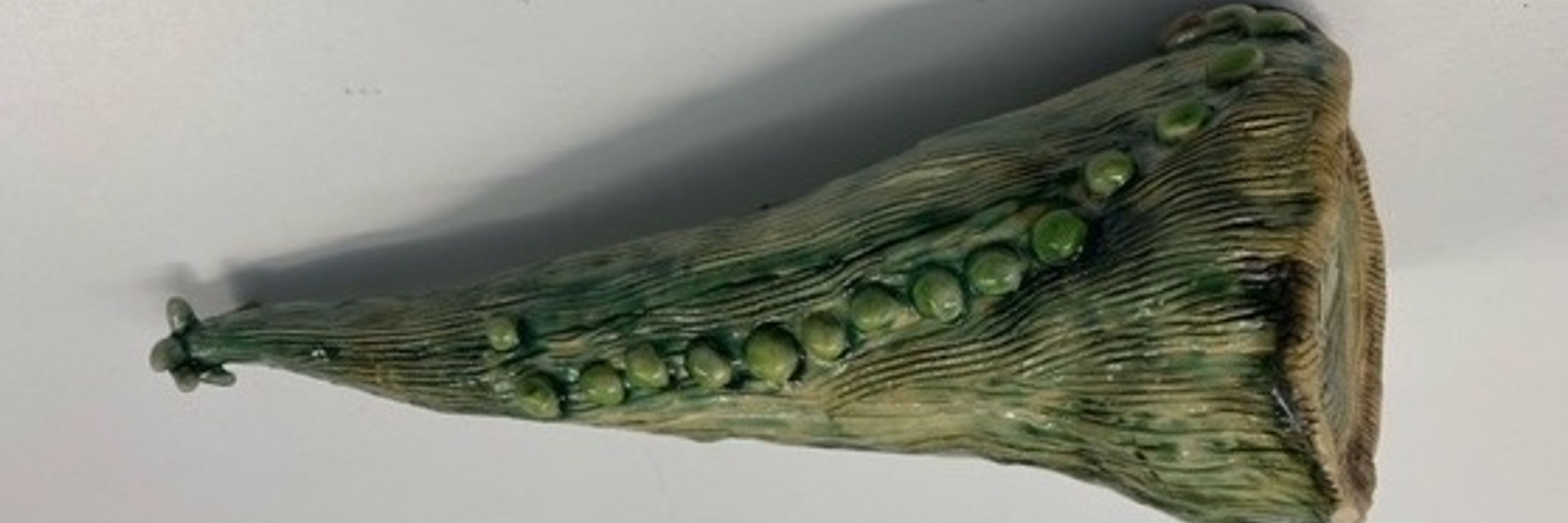Wallace Marshall
@wallaceucsf.bsky.social
3.8K followers
6.4K following
590 posts
professor at UCSF, engineer turned cell biologist, wants to know how cells solve geometry problems
Posts
Media
Videos
Starter Packs
Reposted by Wallace Marshall
Reposted by Wallace Marshall
Reposted by Wallace Marshall
Reposted by Wallace Marshall
Reposted by Wallace Marshall
Wallace Marshall
@wallaceucsf.bsky.social
· Aug 20
Wallace Marshall
@wallaceucsf.bsky.social
· Aug 19
Wallace Marshall
@wallaceucsf.bsky.social
· Aug 19
Wallace Marshall
@wallaceucsf.bsky.social
· Aug 19
Wallace Marshall
@wallaceucsf.bsky.social
· Aug 19
Wallace Marshall
@wallaceucsf.bsky.social
· Aug 19
Wallace Marshall
@wallaceucsf.bsky.social
· Aug 19
Wallace Marshall
@wallaceucsf.bsky.social
· Aug 19










